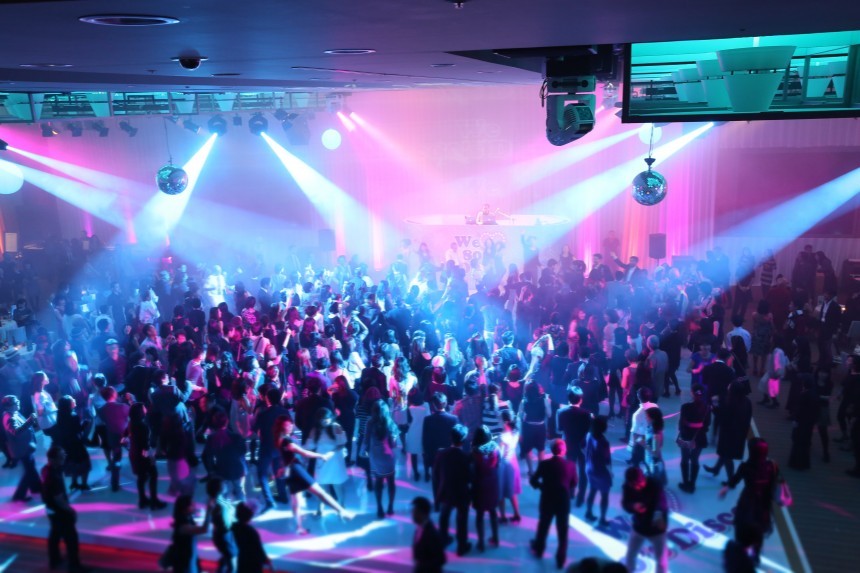
“I think when a lot of people think of New York, they think of what it was in the ’70s,” Rivera said. Walk into most Manhattan bars and you’ll likely meet people in finance who pull in six-figure salaries and dress in conservative suits. “So it was still the place to be where creative people would have open spaces to explore and party until four in the morning.”īut the city has changed a lot since then - rents have skyrocketed to a place where artists are lucky to find a reasonably priced basement in Brooklyn. “The economy was really at rock bottom and artists could afford to live in the city much cheaper,” Rivera said. Young starving artists stepped off of New York’s dark and grimy streets into what felt like another world. Crowds of club goers would gyrate and pulse together to the beats - like a single, glittering amoeba. They’d do cocaine, Quaaludes, and poppers on the dance floor. People would have sex in corners, bathrooms, stairwells, and closets. Of course, disco wasn’t just about the looks. “That was queer culture they were participating in without even knowing it,” Rivera said.īill Bernstein/Museum of Sex Paradise Garage Soon enough, Midwesterners belted out the Village People’s “YMCA” at baseball games and Disney cartoon characters rocked out under glittering disco balls. Donna Summer simulated orgasms in songs and the Village People would fling off police uniforms, construction hats, and cowboy outfits in a celebration of gay culture.īy circumventing the normal, top-down spread of popular music - whereby prominent labels would choose the hits, which they’d then give to radio, which would eventually pass them down to DJs - these clubs pushed minority artists into the mainstream without “the Man’s” permission. They’re kind of like the Apostles of the sexual revolution.”ĭJs at the clubs began playing music created by gay men, openly sexual women, and black artists. “If you don’t have the gays you wouldn’t have the culture,” Joey Arias, a gay performing artist told the museum. The rioting became a catalyst for the sexual revolution, which then gave way to disco fever. The movement really began with the Stonewall Riots of 1969, the first major incident in which gay men took a collective and forceful stand against police brutality. “Because we didn’t have a lot of money, because we weren’t famous, because I wasn’t a model, it had to be really creative.”ĭisco’s roots in gay activism are often forgotten today. “We would spend a week just working on one outfit,” now-nightclub owner Eric Goode said of how regular people could stand out. While most media outlets focused on the celebrities at these clubs, Bernstein felt the not-so-ordinary ordinary attendees often made more intriguing subjects. Mesmerized, he’d stay there for the next two years. While on an assignment covering Lillian Carter for The Village Voice in 1977, Bernstein found himself in the heart of the blossoming movement. Some of the best looks were documented by photographer Bill Bernstein. “If you didn’t have a good look, you couldn’t go in.” “Nobody ever repeated what they wore the night before, the week before, or the month before,” musical artist Corey Day said. People gathered in bellbottoms, scarves, thongs, feathers, platform shoes, velvet vests, ruffled shirts, quaffed hair, and makeup that took hours to apply. That didn’t mean the style bar wasn’t high. They were really the stars, which makes sense because they were just the most beautiful and exciting people in the club.” “If you were really young and hot, or weird and queer - especially trans women - it was your scene.

“In a sense, they were making it so that normal or ‘vanilla’ people weren’t allowed in and the most extravagant people were,” said Lissa Rivera, the curator for the Museum of Sex’s Night Fever exhibit. The owners of now-iconic clubs like Studio 54, The Electric Circus, Ice Palace 57, and Hurrah created spaces for New Yorkers to explore their own sexualities and embrace different means of self-expression.

“Be seen, be loved, be picked up, be drugged, be sexed, be crazy,” Maripol, an artist and fashion designer, remembered of the general vibe of the music craze. The rules were off, and young people embraced their new-found freedom to the fullest. The trend that defined a decade began in New York clubs, where the “cool” factor shifted from trend followers to people who couldn’t care less about what everyone else was doing.


 0 kommentar(er)
0 kommentar(er)
